90 Day Review Template: Your Guide To Effective Reviews (Plus Free Template)
AIHR
DECEMBER 19, 2024
Do: Frame improvement areas as growth opportunities and include a clear plan for the employee to address them. Provide actionable steps, like attending a specific workshop or shadowing a colleague. In financial services: Incorporate regulatory compliance checks, risk management assessments, and client portfolio management metrics.


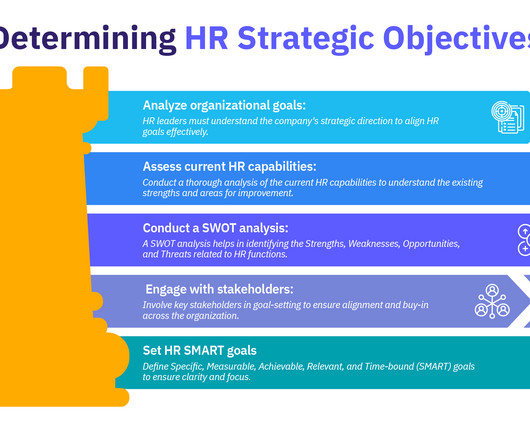
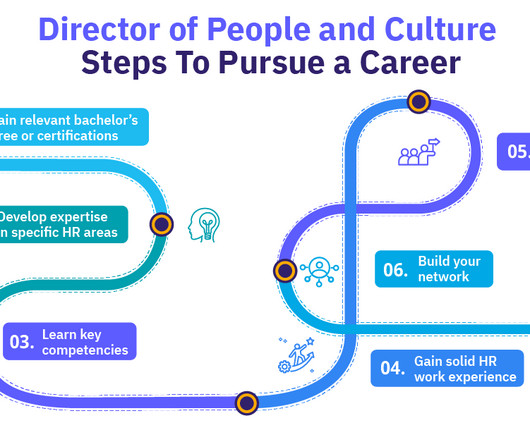


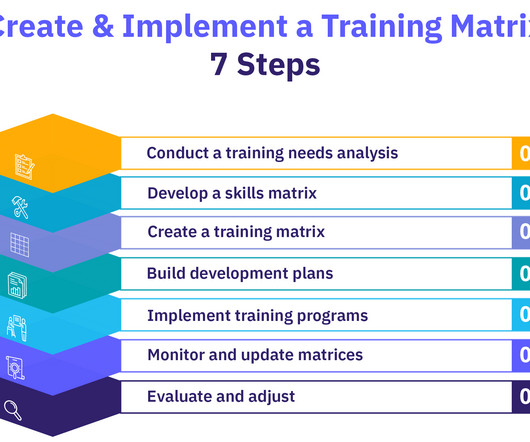
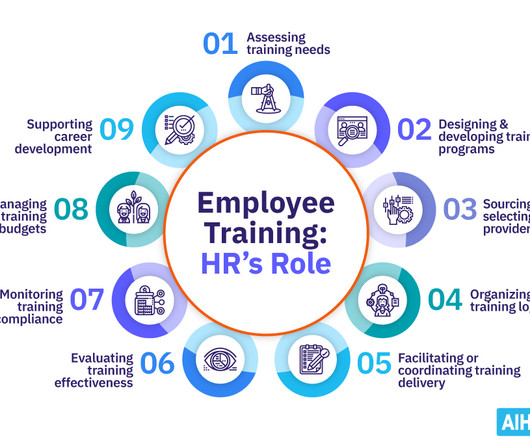
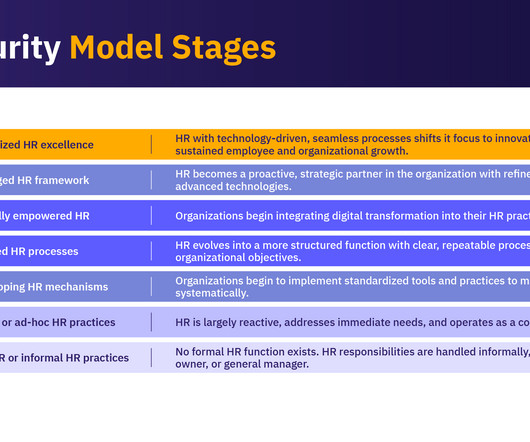
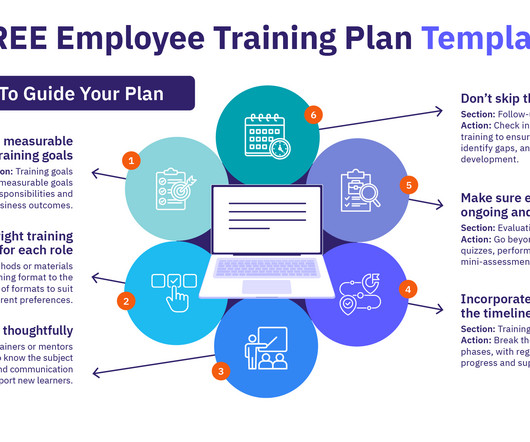
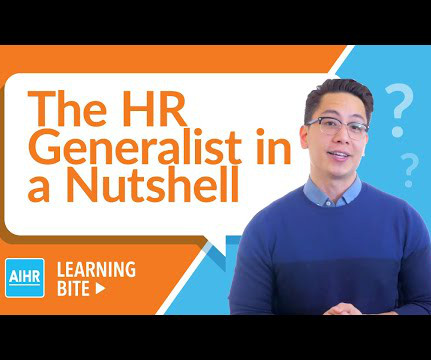
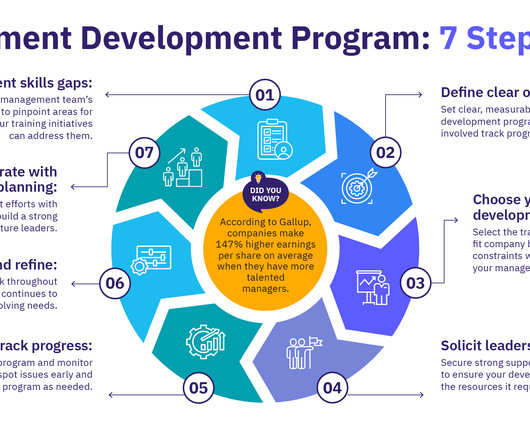
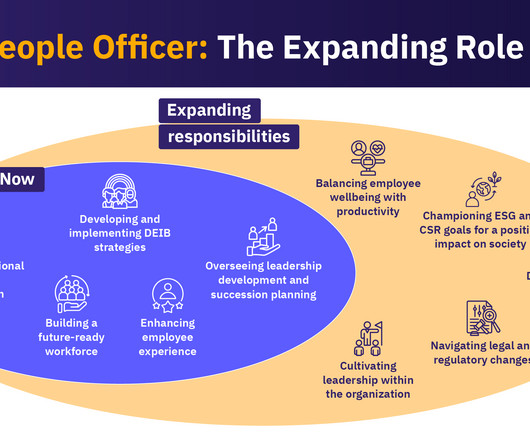






Let's personalize your content